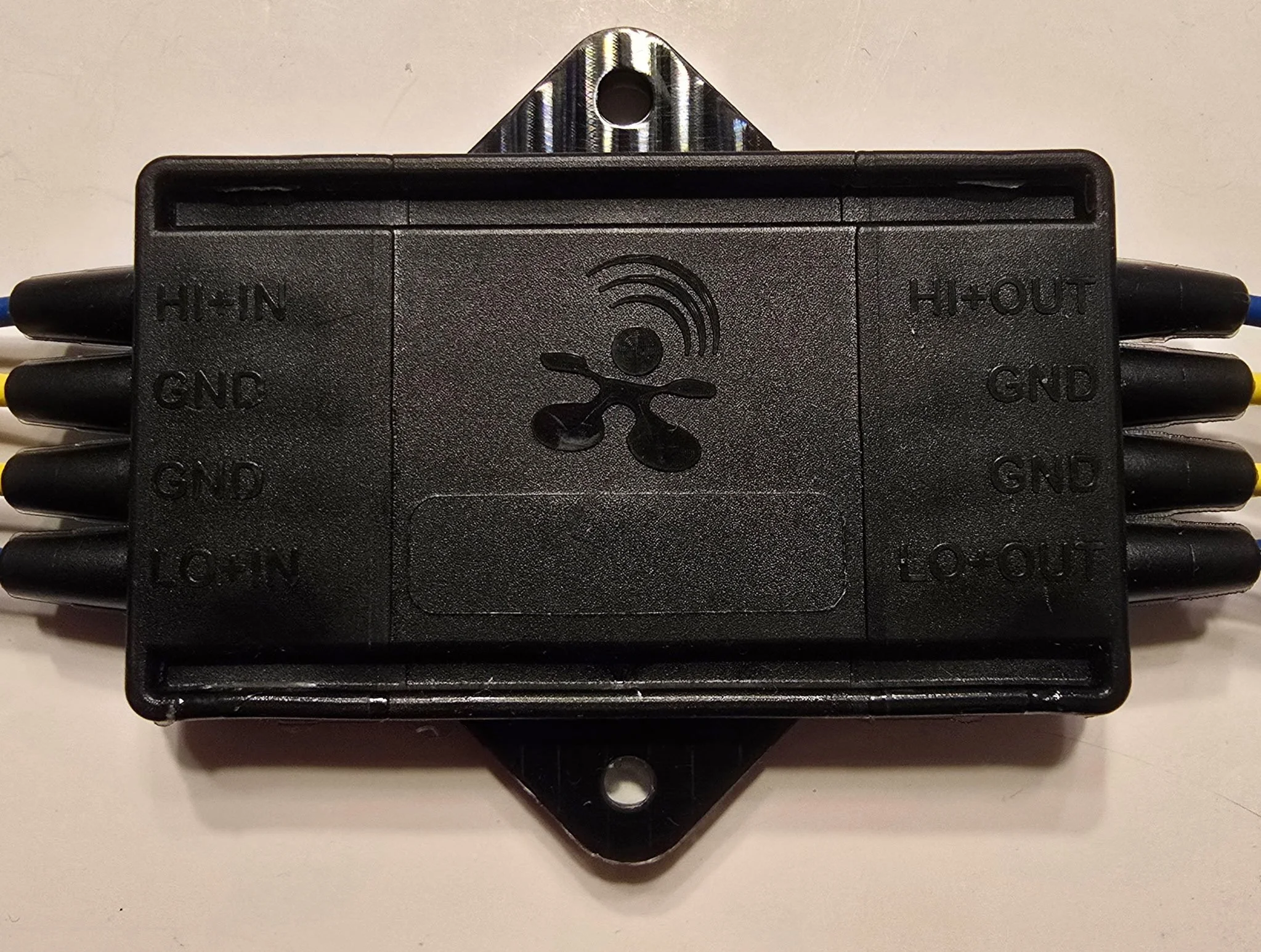Redefining Redundancy Across Industries
The Lighting Bug™ Redundancy Architecture, developed by B-G Innovative Safety Systems (BGISS), extends far beyond automotive lighting. It represents a new class of intelligent power redundancy — a hardware architecture capable of detecting a fault within any 12–13.5V DC system and autonomously rerouting power to a substitute load. This ensures uninterrupted function across mission-critical systems where reliability is not optional.
A Universal Safety Layer
In today’s interconnected and electrified world, redundancy remains one of the most overlooked yet essential layers of safety. From autonomous and electric vehicles to aerospace, marine, industrial automation, and data infrastructure, current redundancy methods are often fragmented, slow, or incomplete. The Lighting Bug architecture resolves this by integrating real-time fault detection and rerouting at the hardware level while maintaining seamless compatibility with software-driven systems and advanced monitoring interfaces.
Applications Beyond Lighting
· Autonomous and Electric Vehicles: Power continuity for sensors, cameras, control units, and safety circuits.
· Commercial & Industrial Systems: Backup for motors, pumps, and machine control modules.
· Aerospace & Defense: Load protection for mission-critical avionics and redundant power buses.
· Marine & Rail Transport: Failover for navigation, lighting, and safety communications.
· Data Centers & Telecom: Hardware-level redundancy for DC infrastructure and relay systems.
· Renewable Energy: Fault-tolerant connections between panels, controllers, and storage systems.
· Medical & Robotics: Ensuring operational continuity in precision-driven applications.
Why It Matters
Today’s redundancy landscape is inadequate — often relying on reactive measures or systems that fail to ensure continuous operation. The Lighting Bug architecture transforms that vulnerability into an asset: instant detection, immediate response, and sustained operation. Once the issue is resolved the LB automatically resets itself and begins continuous monitoring to sustain critical operations.
A Platform for Partnership
BGISS invites collaboration, partnership, and merger discussions with organizations that share a commitment to safety, reliability, and technological advancement. Whether enhancing autonomous mobility, securing industrial systems, or modernizing critical infrastructure, the Lighting Bug architecture is positioned as a foundational layer for the next generation of resilient design.

